Are you considering adding a Great Dane to your family? These gentle giants are known for their impressive size and calm demeanor, making them a popular choice for families with children. However, before making the decision to bring a Great Dane into your home, it’s important to consider their specific needs and characteristics to ensure that they are the right fit for you and your lifestyle. In this article, we will explore the Great Dane breed, their personality traits, and their care requirements to help you determine if they are the perfect pet for you.
Breed Category: Working
Country of Origin: Germany
Average Size:76-86 cm (at the shoulder)
Average Weight:54-90 kg
Average Life Span: 6-8 years
Grooming Requirements: Low
Exercise Requirements:High
History and Origin
The Great Dane, also known as the German Mastiff, is a breed of dog that originated in Germany. The breed is believed to have been developed from a cross between the English Mastiff and the Irish Wolfhound. The Great Dane was originally bred for hunting wild boar, but over time, it became a popular companion dog.
The Great Dane is a large and powerful dog that can weigh up to 200 pounds. The breed is known for its gentle and friendly nature, and it is often referred to as the “gentle giant.” The Great Dane is also known for its distinctive appearance, with its long legs, muscular body, and large head.
The history of the Great Dane can be traced back to the 16th century, when it was used as a hunting dog in Germany. The breed was originally known as the “Boar Hound,” and it was used to hunt wild boar. The Great Dane was also used as a guard dog, and it was often seen in the courts of German nobility.
In the 19th century, the Great Dane was imported to England, where it became popular among the upper classes. The breed was then brought to the United States, where it quickly gained popularity. Today, the Great Dane is one of the most popular breeds in the world, and it is used as a companion dog, a guard dog, and a show dog.
The Great Dane has a number of unique characteristics that make it a popular breed. The breed is known for its intelligence, loyalty, and affectionate nature. Great Danes are also known for their calm and gentle temperament, which makes them great family pets. However, due to their size, Great Danes require a lot of space and exercise, and they may not be suitable for all households.
In conclusion, the Great Dane is a fascinating breed with a rich history and a unique set of characteristics. From its origins as a hunting dog in Germany to its popularity as a companion dog around the world, the Great Dane has played an important role in the lives of many people. Whether you are looking for a loyal and affectionate companion or a powerful and protective guard dog, the Great Dane is a breed that is sure to impress.
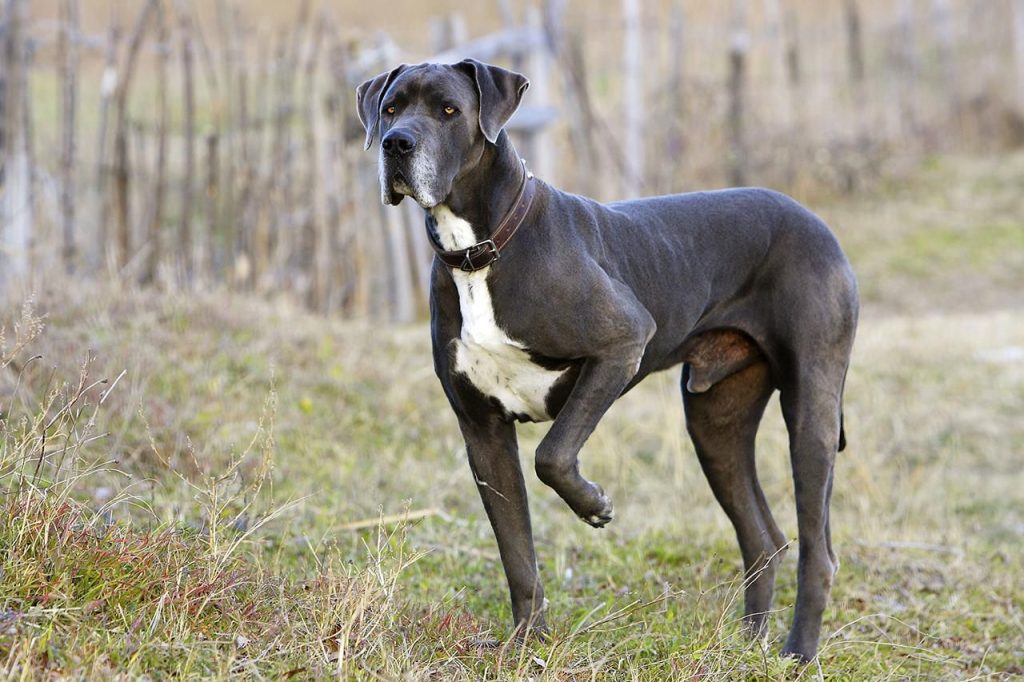
Size and Breed Category
The Great Dane is a breed of dog that is known for its large size and imposing appearance. In terms of height, the Great Dane is one of the tallest breeds of dog, with males typically standing between 76 and 86 centimetres at the shoulder and females between 71 and 81 centimetres. They can weigh anywhere from 50 to 90 kilograms, with males generally being larger than females. Despite their size, Great Danes are known for their graceful and elegant movements, which are a testament to their athleticism and agility.
In terms of breed category, the Great Dane is classified as a working dog. Originally bred in Germany to hunt wild boar, the Great Dane has since been used for a variety of purposes, including as a guard dog, a police dog, and a companion animal. They are known for their loyalty and affection towards their owners, as well as their calm and gentle nature. However, due to their size and strength, Great Danes require a lot of exercise and training to ensure that they are well-behaved and obedient. They are also prone to certain health issues, such as hip dysplasia and bloat, which owners should be aware of.
Fur Length and Colour
The fur of this breed is typically short and smooth, with a glossy appearance. The fur is dense and lies close to the body, providing insulation and protection from the elements. The fur is usually black, blue, fawn, brindle, or harlequin in colour. Black is the most common colour, with blue being the second most common. Fawn is a light tan colour, while brindle is a mix of brown and black stripes. Harlequin is a white base with black patches. Some Great Danes may have a small white patch on their chest or toes. The fur colour can vary slightly within each colour category, with some dogs having a darker or lighter shade than others.
The length of the fur on a Great Dane can vary depending on the individual dog. Some may have slightly longer fur on their tail or around their neck, while others may have a more uniform length throughout their body. However, the fur is generally considered short and easy to maintain. This breed does not require extensive grooming, but regular brushing can help to remove loose fur and keep the coat looking shiny and healthy. Great Danes shed moderately throughout the year, with heavier shedding occurring during the spring and fall. Overall, the fur of the Great Dane is a defining characteristic of the breed, with its short length and variety of colours adding to the dog’s unique appearance.
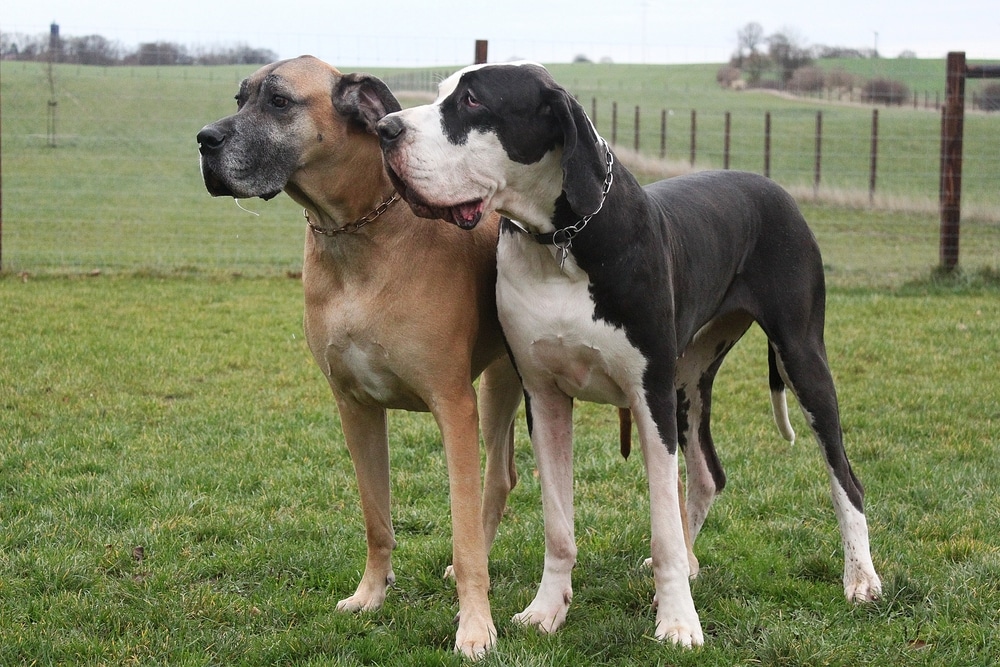
Termperament and Trainability
Great Danes are known for their calm and gentle temperament. They are friendly and affectionate towards their owners and are generally good with children. However, they can be reserved with strangers and may require proper socialization to prevent any aggressive behavior. Great Danes are also known for their loyalty and protective nature towards their family. They are not known to be excessive barkers and are generally quiet indoors.
In terms of trainability, Great Danes are intelligent dogs and can be trained with patience and consistency. They respond well to positive reinforcement training methods and are eager to please their owners. However, they can be stubborn at times and may require firm and consistent training. Great Danes are also known for their sensitivity and may not respond well to harsh training methods. It is important to start training and socialization at a young age to ensure a well-behaved and obedient Great Dane.
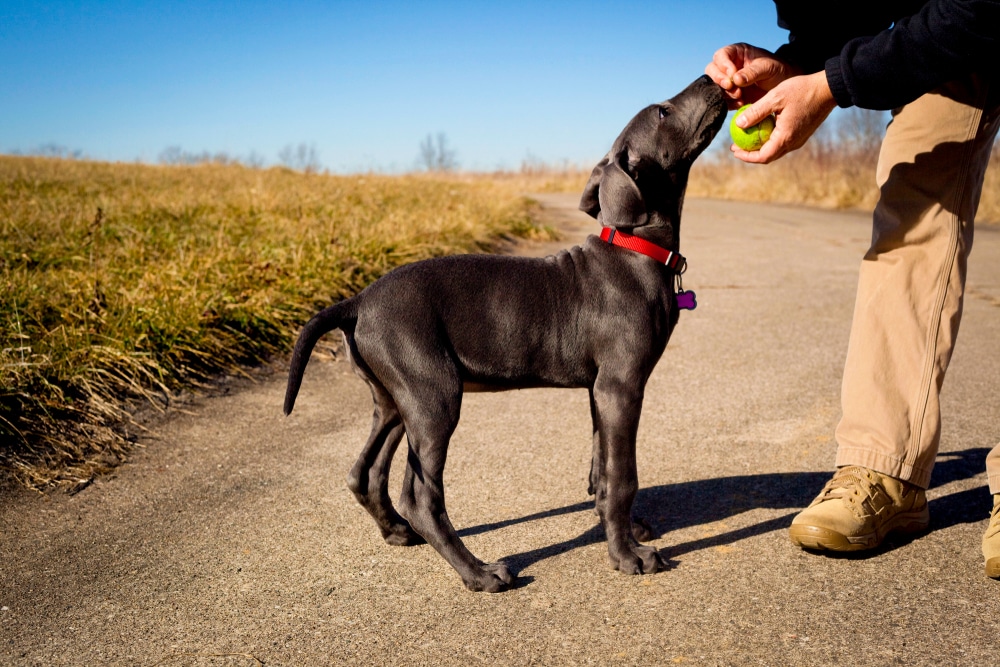
Known Health Conditions
Great Danes are prone to a number of health conditions, some of which are genetic and others that are common to large breeds. One of the most common health issues in Great Danes is hip dysplasia, a condition where the hip joint doesn’t develop properly and can lead to arthritis and lameness. This condition can be managed with medication and surgery, but it’s important to screen breeding dogs for hip dysplasia to reduce the risk of passing it on to their offspring. Another common health issue in Great Danes is bloat, a life-threatening condition where the stomach fills with gas and twists on itself. This can cause the blood supply to the stomach to be cut off, leading to shock and death. Owners can reduce the risk of bloat by feeding their dogs smaller meals throughout the day and avoiding exercise immediately after eating.
Great Danes are also prone to heart disease, particularly dilated cardiomyopathy, a condition where the heart becomes enlarged and weakened. This can lead to heart failure and sudden death. Regular check-ups with a veterinarian can help detect heart disease early and manage it with medication. Another health issue in Great Danes is hypothyroidism, a condition where the thyroid gland doesn’t produce enough hormones. This can lead to weight gain, lethargy, and skin problems. Hypothyroidism can be managed with medication, but it’s important to monitor thyroid levels regularly. Great Danes are also at risk for certain types of cancer, including osteosarcoma, a bone cancer that is more common in large breeds. Regular check-ups and early detection can improve the prognosis for dogs with cancer.
Openness to Strangers
Great Danes are known for their friendly and welcoming nature towards strangers. They are a breed that is naturally sociable and enjoys the company of people. When meeting new people, Great Danes are often curious and will approach them with a wagging tail and a friendly demeanor. They are not typically aggressive towards strangers and are more likely to greet them with a lick or a nuzzle than with barking or growling. Great Danes are also known for their calm and gentle nature, which makes them a popular choice for families with children. They are patient and tolerant with kids and are often happy to play and cuddle with them. Overall, Great Danes are a breed that is open and welcoming to strangers, making them a great choice for anyone looking for a friendly and sociable companion.
Despite their large size, Great Danes are known for their gentle and affectionate nature towards strangers. They are a breed that is naturally curious and enjoys meeting new people. When encountering strangers, Great Danes are often calm and relaxed, and will approach them with a friendly wag of their tail. They are not typically aggressive towards strangers and are more likely to greet them with a lick or a nuzzle than with barking or growling. Great Danes are also known for their loyalty and devotion to their owners, which makes them a popular choice for families and individuals looking for a loving and affectionate companion. Overall, Great Danes are a breed that is open and welcoming to strangers, making them a great choice for anyone looking for a friendly and sociable companion.
Playfulness Level
The Great Dane is a highly playful breed of dog that loves to engage in various activities. They are known for their energetic and lively nature, which makes them a great companion for families with children. Great Danes are always up for a game of fetch or a run in the park, and they love to play with their owners.
Their playful nature is not limited to physical activities, as Great Danes also enjoy mental stimulation. They are highly intelligent dogs that thrive on learning new tricks and commands. Owners can keep their Great Danes entertained by providing them with puzzle toys or training them in obedience or agility. Overall, the Great Dane’s playful nature makes them a fun and enjoyable addition to any household.
Suitability as a Pet for Children
Great Danes have a gentle and affectionate nature, making them a suitable pet for children. They are known for their loyalty and protective instincts towards their family, which can provide a sense of security for children. Great Danes are also intelligent and easy to train, which can make them a great companion for children who want to learn how to train a dog. However, due to their large size, they require plenty of space and exercise to keep them healthy and happy. It is important for children to understand how to interact with a Great Dane safely and respectfully, as they can accidentally knock over small children or become too boisterous during playtime.
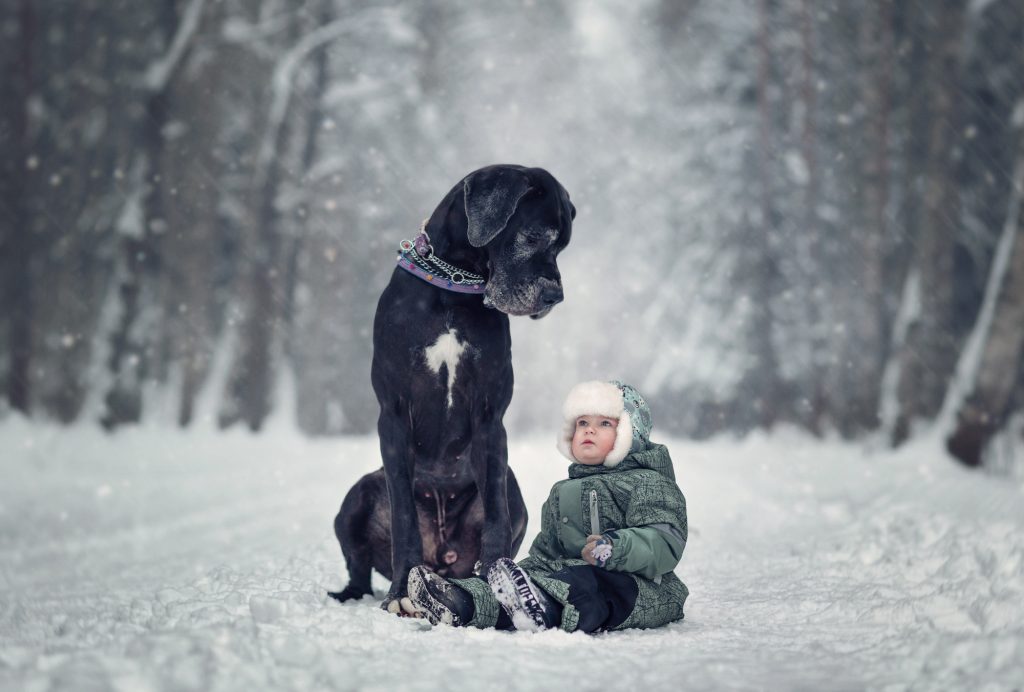
Exercise Needs
Great Danes require a significant amount of exercise to maintain their physical and mental health. As a large breed, they need plenty of space to run and play, making them better suited to homes with large gardens or access to open spaces. A daily walk of at least an hour is recommended, but they will also benefit from additional playtime and training sessions. It is important to note that Great Danes should not be over-exercised as puppies, as this can cause damage to their developing bones and joints. Instead, they should be given short, gentle walks and playtime until they are fully grown.
In addition to physical exercise, Great Danes also require mental stimulation to prevent boredom and destructive behaviour. Interactive toys, puzzle feeders, and training sessions can all provide mental stimulation and help to strengthen the bond between owner and dog. Great Danes are intelligent and eager to please, making them quick learners and responsive to positive reinforcement training methods. However, they can also be stubborn and independent, so it is important to establish clear boundaries and consistent training from a young age. With the right amount of exercise and mental stimulation, Great Danes can make loyal and loving companions for families and individuals alike.
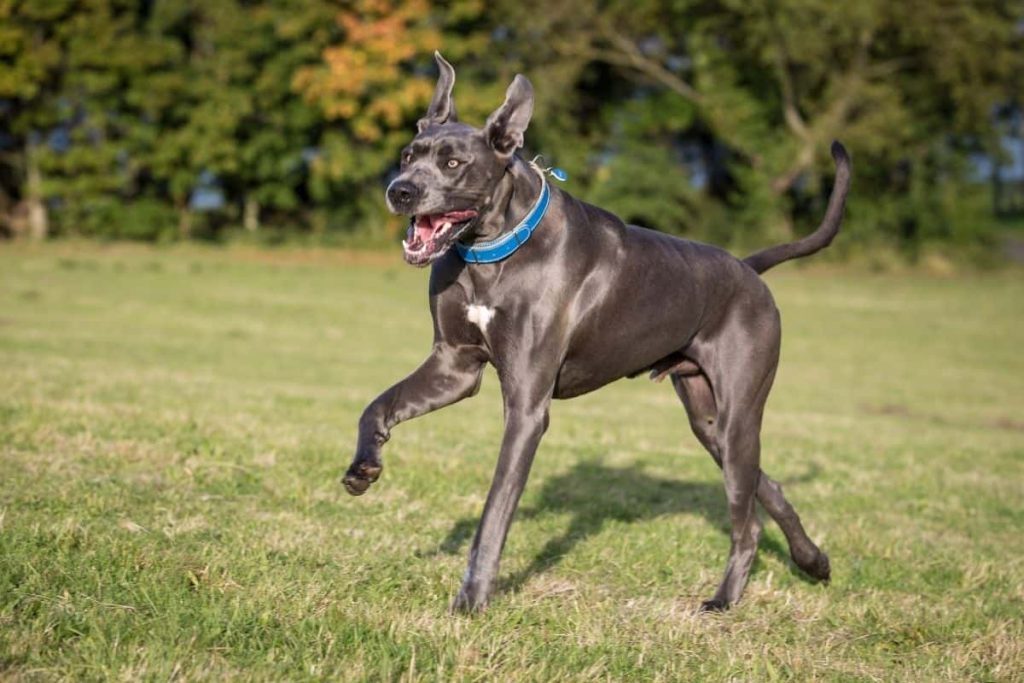
Suitability for a Multi-Pet Family
Great Danes have a reputation for being gentle and friendly towards other pets in the household. They are known to be sociable and enjoy the company of other animals, including cats and smaller dogs. However, as with any breed, early socialization and training are important to ensure that they learn to interact appropriately with other pets. It is also important to supervise interactions between pets to prevent any potential conflicts.
Housing Requirements
Great Danes require a spacious living area that can accommodate their large size. They need a minimum of 30 square meters of indoor space, with a ceiling height of at least 2.5 meters. The living area should be well-ventilated and have access to natural light. Great Danes are prone to joint problems, so it is important that their living area has a non-slip floor to prevent injuries. They also need a comfortable bed that is large enough to accommodate their size. Great Danes are social animals and enjoy the company of their owners, so it is important that their living area is located in a part of the house where they can interact with their family members.
Great Danes require a large outdoor space where they can exercise and play. They need a minimum of 200 square meters of outdoor space, which should be securely fenced to prevent them from escaping. Great Danes are active dogs and require daily exercise to maintain their physical and mental health. They enjoy going for walks and playing games such as fetch. It is important that their outdoor space has shade and access to fresh water, especially during hot weather. Great Danes are sensitive to extreme temperatures, so their outdoor space should be well-ventilated and have a sheltered area where they can rest.
Summary
Great Danes have a reputation for being gentle giants and are known for their loyalty and affection towards their owners. They require a lot of space and exercise due to their size, but they are generally calm and well-behaved indoors. Great Danes are not suitable for small living spaces or for those who are unable to provide them with the necessary exercise and attention. They are also prone to certain health issues, so potential owners should be prepared for potential medical expenses. Overall, Great Danes can make wonderful pets for those who have the space, time, and resources to care for them properly.
Great Dane Dog FAQS
Great Danes can be stubborn and require consistent training and socialization from a young age.
Yes, Great Danes are known for being gentle and patient with children.
Great Danes are prone to certain health issues, such as hip dysplasia, bloat, and heart disease. Regular vet check-ups are important.
Great Danes are not recommended for apartment living due to their large size and exercise needs. They require a spacious home with a yard.
Yes, Great Danes require daily exercise, such as walks or runs, to maintain their health and prevent obesity.
Yes, Great Danes shed moderately throughout the year and heavily during shedding season. Regular grooming can help manage shedding.
Great Danes have a lifespan of 6-8 years on average.
Great Danes require a large amount of food, typically 2-3 kg per day, divided into two meals.
Great Danes can grow up to 76-86 cm in height.
The average weight of a Great Dane is between 50-90 kg.
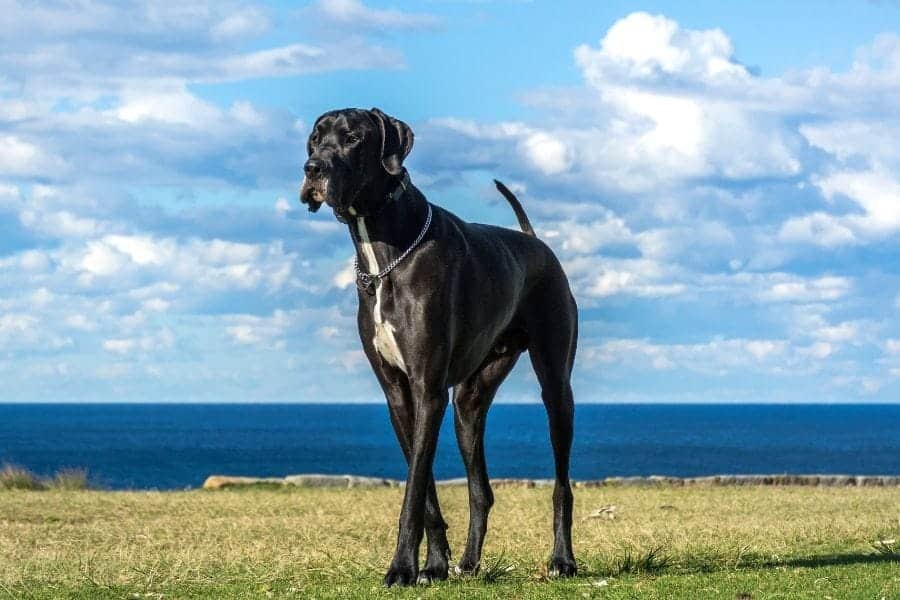
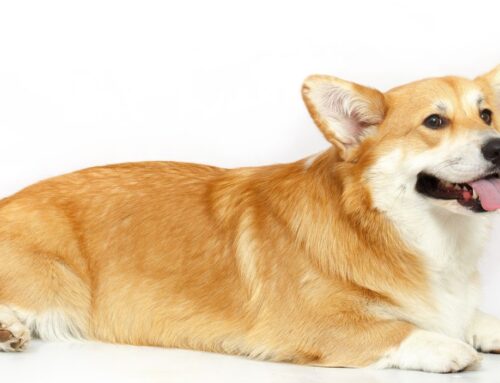

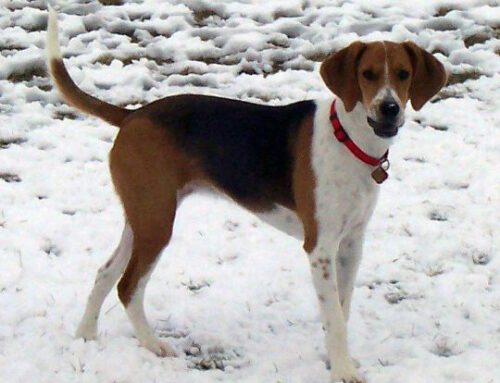
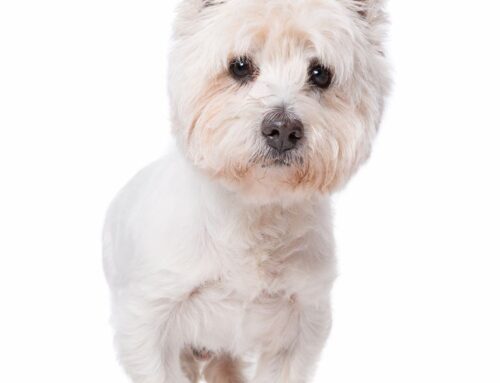

Leave A Comment